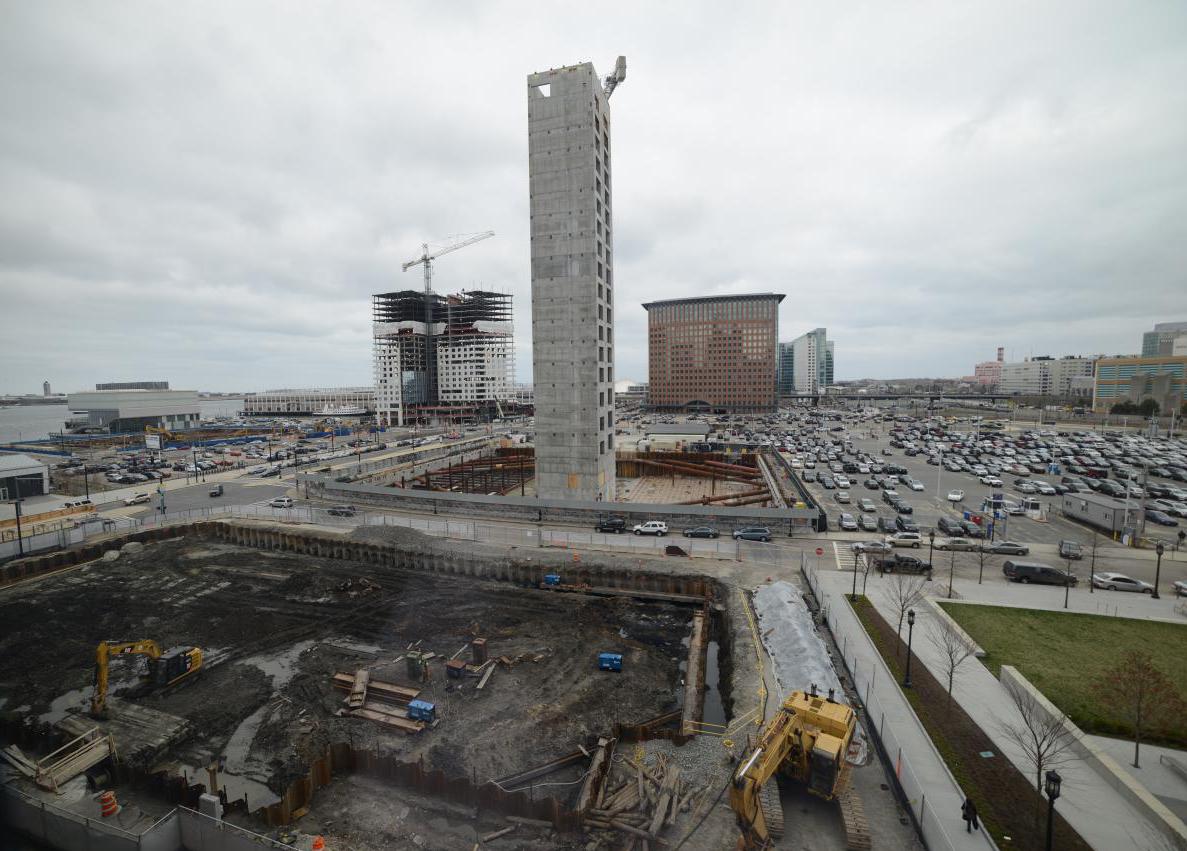Advertisement
Menino Put His Stamp On Boston's Skyline
ResumeMost of today's college students in Boston weren't even born when Thomas Menino started his stint as mayor in 1993. And the city looked very different then.
As Bostonians say goodbye to their former longtime mayor, who passed away Thursday at 71, they're working and living in a city that Menino helped shape, old neighborhoods and new developments alike.
While he was winding down his days in office in early 2013, Menino reflected on his career at the Boston College Chief Executives' Club of Boston. He told the business leaders in the audience that constituents want leaders who make the tough decisions.
"On some development initiatives in Boston I made some tough decisions there," Menino recalled. "But they were the right decisions in the long run. In the beginning, people said they were the wrong decisions."
Menino may be known for his moniker the "Urban Mechanic," for his focus on neighborhoods. But that ignores some of his bigger decisions as de facto chief city planner.
"He was the mayor for downtown as much as the neighborhoods," said former City Councilor Michael McCormack. He said if you want to see Menino's legacy, just look at downtown and all the construction cranes in the Seaport District.
In 1993, as Menino embarked on his first term as mayor, the whole area was pretty empty. That was the same year Joe Fallon founded his development company. Now Fallon's office at One Marina Park Drive towers over luxury apartments under construction and some of the city's best new restaurants. Fallon said Menino had a clear vision for the Seaport.
"Oh, without a doubt," Fallon said. "There are all kinds of uses that didn't fit the profile of what he wanted to see developed."
That singular vision — what fit the profile and what didn't — divides many of the mayor's supporters on development from his detractors. Boston landscape architect Shirley Kressel was one of the more outspoken opponents of Menino’s development policy. Interviewed in April 2013 after Menino announced he would not seek a sixth term in office, she said Menino had the Boston Redevelopment Authority firmly under his control.
"You know all the hundreds of meetings that they tout, and all the advisory committees and impact advisory and citizens advisory?" Kressel said then. "It's all, you know, it's all theater."
Menino gave free rein to developers he liked, Kressel said last year, while shutting out developers he didn't.
"Look at where the city is today compared to where it was prior to him being mayor. I would challenge anyone that doesn't see this as a better city today."
Joe Fallon, a developer in Boston
Historian Jim Vrabel said Menino's style had benefits, but also came at a cost.
"We don't know about the least favorite developers, because they never got a chance to develop anything," Vrabel said. "And in some ways the city was not well-served by that. We didn't have the kind of robust competition and the kind of new ideas and different ideas that maybe would have served the city better, had he been more willing to talk to people who had different ideas about city planning."
Menino would take issue with that. In 2013, he told the Boston College CEO Club that it's more important to have the big picture in mind and stick with it.
"Well, the proof is in the pudding," Fallon said. "Look at where the city is today compared to where it was prior to him being mayor. I would challenge anyone that doesn't see this as a better city today."
Menino's five terms in office spanned a period of urban renewal nationally. Cities across the country are seeing more people and businesses moving downtown.
How much for which the five-term mayor is responsible can be debated. But there's no question that Menino put his signature on Boston's cityscape.

Clarification: The original version of this story failed to put Shirley Kressel’s comments into time context. She was interviewed about Menino’s development legacy in April 2013, after Menino announced he was leaving office. This story was produced before Menino’s death and her comments were not made after his passing, as they may have appeared to some readers. We regret the omission.
This article was originally published on October 30, 2014.
This segment aired on October 30, 2014.
